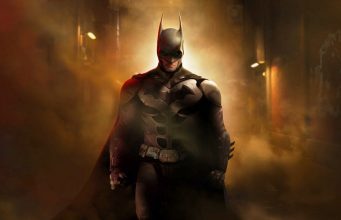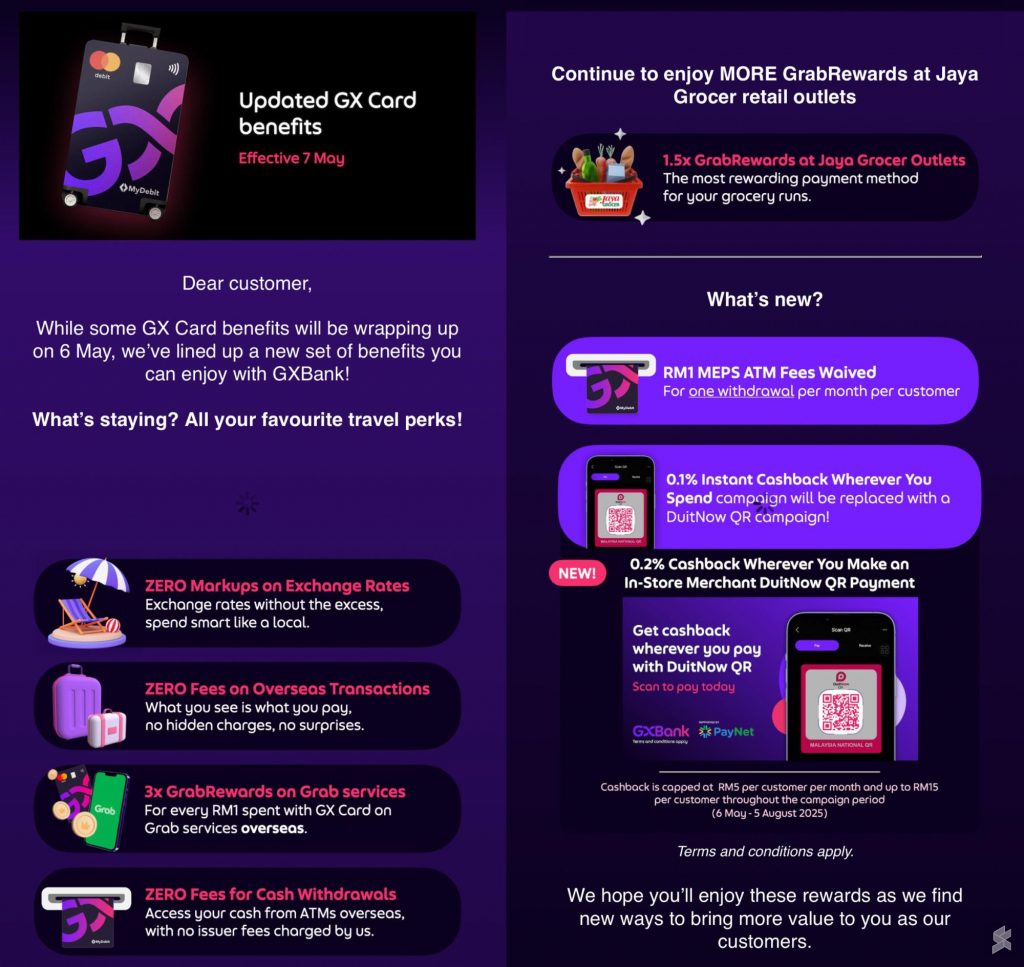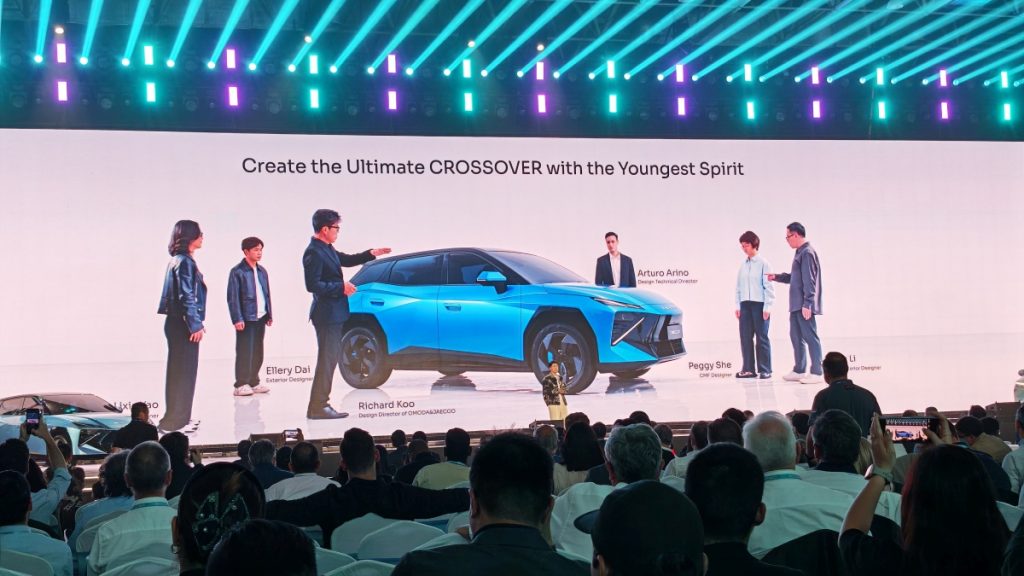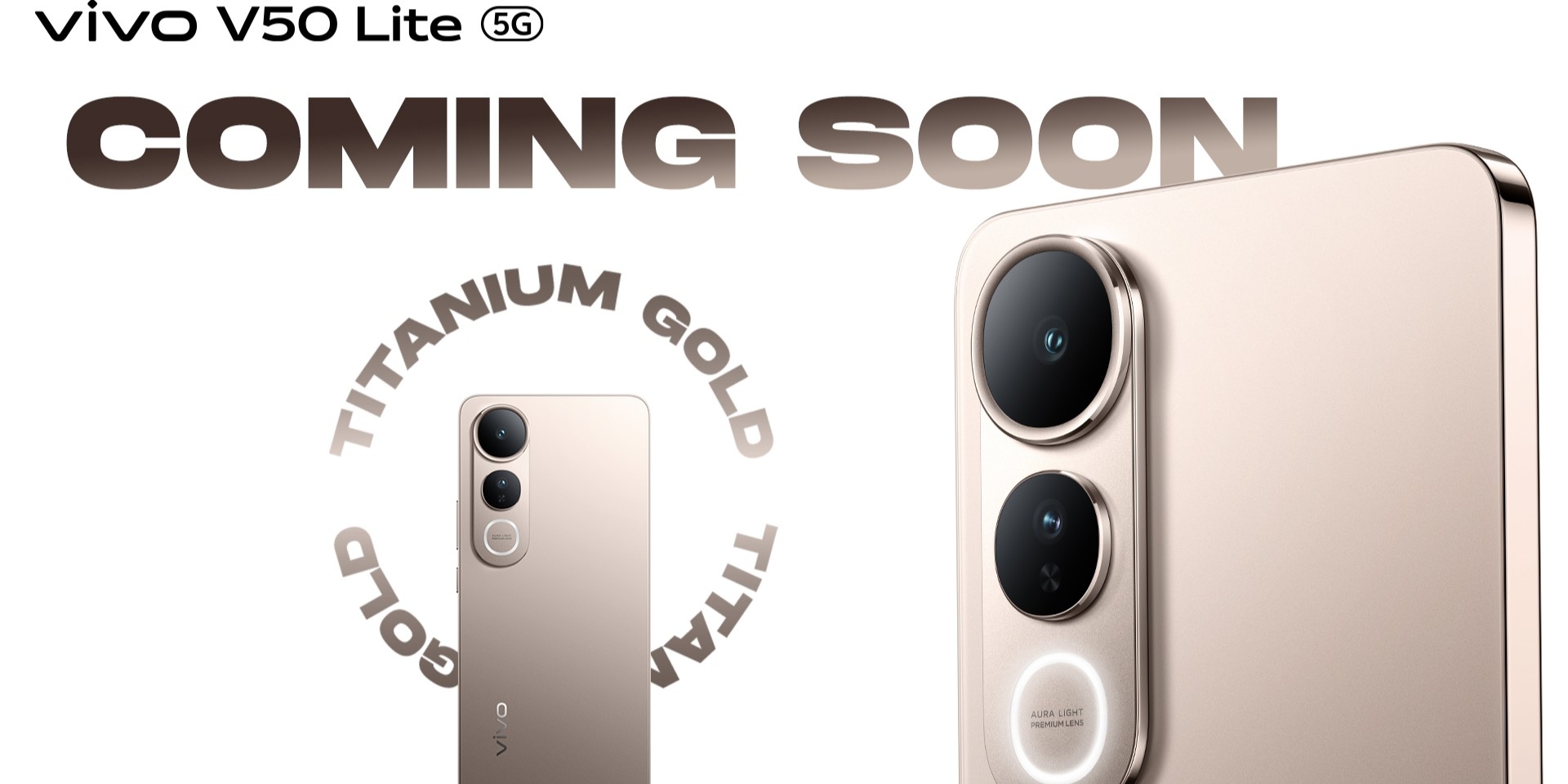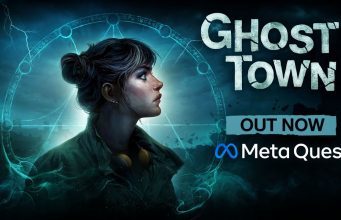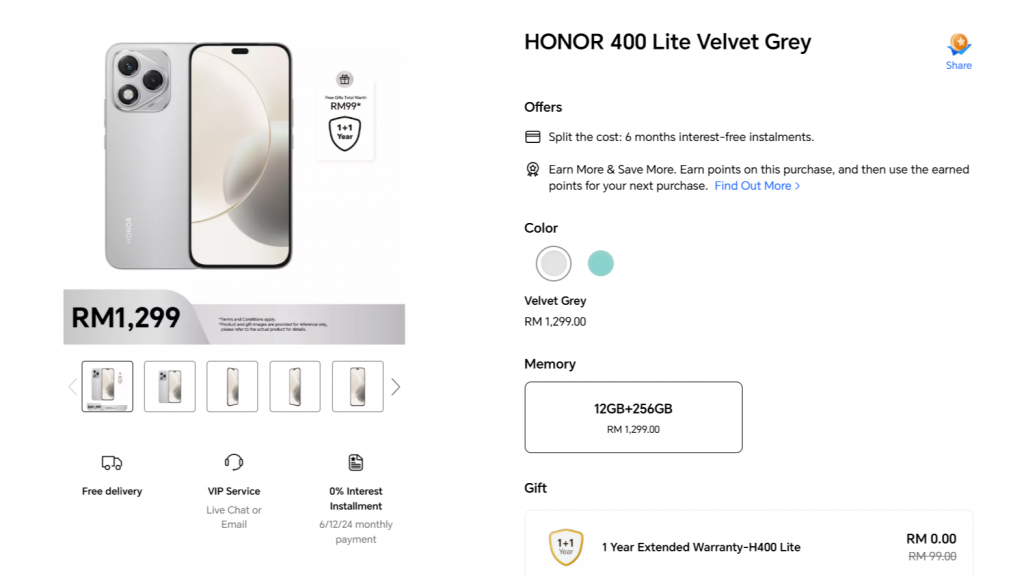Batman: Arkham Shadow is the next big first-party title from Meta, headed exclusively to Quest 3 later this year. In an interview with the founder of the studio behind the game, we learned more about the origin of the title, the team behind it, and which of the original Batman: Arkham games it’s most closely aligned with.
Batman: Arkham Shadow has a lot to live up to. Not only Camouflaj’s last game—Iron Man VR, which we called “VR’s first great superhero game”—but also the legacy of the core Batman: Arkham games, which to many represent not just some of the best superhero games ever made, but some of the best games, period.
So when studio founder Ryan Payton says he’s “confident [Batman: Arkham Shadows] will be the best game we’ve shipped to date,” he’s putting a lot on the line.
But there’s reason to believe that Camouflaj can pull it off. The studio now has years of experience in VR game design, and has proven itself able to create fun and comfortable mechanics that many thought couldn’t work well in VR, like high speed flying using repulsor jets on your hands in Iron Man VR.
The studio also has the backing of Meta itself, which acquired Camouflaj in late 2022. What’s more, as we learn in our interview with Payton, Camouflaj picked up two Rocksteady alums, both of which worked on the original Batman: Arkham games.
Below is our interview with Payton, which covers the studio’s transition into Meta, it’s learnings from developing Iron Man VR, and how the studio is positioning itself to deliver on the fantasy of being not just Batman, but specifically the Batman that players came to love in the Arkham games.
Batman: Arkham Shadows Interview with Camouflaj Founder Ryan Payton
Q: How has the transition been after the Meta acquisition?
A: Being part of Meta has been absolutely terrific. I’m reminded every day that my core thesis for Camouflaj joining Meta has thus far proven true: becoming a first-party studio has further enabled Camouflaj to pursue our goals of creating high quality, meaningful games. Our next release, Batman: Arkham Shadow, has definitely benefited from Camouflaj being part of the larger Meta organization, which is exciting for us as developers, and is great for players, too.
Q: How was Batman chosen as the topic of your next game?
A: When we were wrapping development work on Marvel’s Iron Man VR back in 2020, Meta called us and said they loved the game and would really love to see what Camouflaj could do with something of even greater size, scope, and ambition. We explored a few options but quickly settled on Batman, which then kicked off a six-month discussion with Warner Bros. Interactive about not only creating a big, exclusive Batman title for Meta Quest 3, but one that is an official entry in the storied Arkham franchise.
Since day one WB and DC have been terrific partners. They’ve provided guidance where necessary while also yielding a surprising degree of freedom for Camouflaj to explore areas of the Arkham franchise that have yet to be developed, encouraging us to put our stamp on those moments. We’ve struck, in my opinion, the perfect balance between IP partner and development studio to enable us to make something special.
As a lifelong Batman fan and admirer of the Arkham games, this project has been a dream come true. Batman: Arkham Shadow is the manifestation of all the strengths and learnings Camouflaj has developed over the past eight years developing VR games. I’m confident it will be the best game we’ve shipped to date.
Q: How long has Batman: Arkham Shadows been in development in earnest?
A: Development began in earnest sometime in Q3 of 2020, so it will have been about a four-year journey once we wrap development later this year.
Q: How did you approach the game’s overarching direction? There are expectations from the previous Arkham games, but given that this is a VR game, surely there are some unique considerations—were there any aspects that felt ‘essential’ in the game? Any that had to be thrown out because they didn’t fit in VR?
A: We initially went to WB with a back-of-the-napkin list of core Arkham features we felt were essential to getting right in VR. At the top of that list was the freeflow, rhythm-based combat that the team at Rocksteady revolutionized with Arkham Asylum. We also spoke about the importance of nailing the feeling of being Batman, with his graceful moments, the ability to grapple up to perches, run and slide through vent covers, and silently take down enemies from the shadows.
Early in the negotiations with WB we showed up with two pivotal prototypes: one focused on combat, and the other on locomotion. Thankfully they were impressed with what we delivered, and thus development work on Batman: Arkham Shadow commenced. From there we went further down the check list of classic Arkham elements we knew we needed to function great in VR including exploration, boss battles, investigations, gadgets, puzzles, collectibles, and character-driven cinematics.
When players get their hands on Batman: Arkham Shadow later this year, I think they’ll be impressed with the degree at which we’ve not only faithfully translated all the classic Arkham elements into VR, but how fresh and exciting it all feels.
Q: What, if anything, learned during the development of Iron Man VR has informed the design of Batman: Arkham Shadows?
A: Mechanically Iron Man VR and Batman: Arkham Shadow are very different games, which has been a challenge in its own right. One thing I think we’ve proven to excel at as a studio is creating highly polished VR mechanics that feel comfortable despite how fast-moving our games tend to be. When we first showed off Iron Man VR, people doubted our ability to make flying as Iron Man feel fast and comfortable, and yet the team pulled it off. With Arkham Shadow, we knew grappling up to high perches and then gliding down onto unsuspecting enemies, in VR, could be a challenge from a comfort perspective, not to mention how intense Arkham’s freeflow combat is. Yet again, however, I suspect the public will be surprised at how great everything feels when they get their hands on Arkham Shadow later this year. This is all truly a testament to the incredible colleagues I have here at Camouflaj.
Q: What, if anything, from Iron Man VR was not as successful as you would have liked, and you either scrapped or majorly reworked it to make things better for Batman: Arkham Shadows?
A: During the development of Arkham Shadow, we supported the amazing development team at Endeavor One to bring Iron Man VR to Quest 2 in time for holiday 2022. Although some of our engineers were concerned that it would be a distraction from our core work on Arkham Shadow, it ultimately ended up being an incredibly positive experience as it provided valuable insights in terms of how to push the Quest hardware. Supporting the development effort in bringing Iron Man VR to Quest ensured Arkham Shadow wouldn’t be our first Quest-focused game. From there we applied those learnings, allowing Arkham Shadow to take full advantage of all the strengths of Meta Quest 3.
Q: How has the development and design of Batman: Arkham Shadows been similar or different from Iron Man VR?
A: I don’t think it’s an exaggeration to say that the development of Arkham Shadow couldn’t be more different than how we built anything prior. We learned a lot developing our previous titles, and knew we needed to evolve as a team—to take it to the next level.
Throughout developing Iron Man VR I had a nagging feeling there was a better way, and then I came across a gentleman named Bill Green who had left Rocksteady after shipping all the Arkham titles over there. I was able to convince him to join Camouflaj, and since then Bill has truly transformed the way we develop games. Bill was able to convince Sophie Leal-Bolea to also join Camouflaj, who was a designer on both Arkham Origins and Arkham Knight, who has also been an incredible boon to the team.
Since Bill and Sophie joined, we’ve incorporated many of their lessons and transformed the way we make games here. Tangibly it means our designers and artists fully embrace the nature of highly iterative work, and develop pipelines and tools to support drastically uprooting areas that aren’t working for the game and story, and being equipped to make improvements in a matter of days. (The same changes that, back on Iron Man VR, would have taken us weeks if not months.) Bill and Sophie’s approach has supercharged the way we make games here, and I couldn’t be more thankful.
Ultimately it all comes down to the end user experience, so my hope is that players will find that, like the previous Arkham games, the world of Arkham Shadow feels expertly crafted and a joy to explore. We have some incredibly fun Arkham Asylum-inspired dungeons, in particular, I can’t wait to see players explore.
Q: As far as ‘game type’ goes, what are you aiming for? A straightforward linear narrative adventure?
A: Above all, the structure of Arkham Shadow is inspired by the first game in the series: Arkham Asylum. This means the game isn’t open world, but it affords a high degree of freedom for players to explore a courtyard-like area that connects the game’s dungeons. Players are free to return to dungeons in order to unlock secrets once they obtain a new gadget. I absolutely love that game loop, and it feels appropriate for the setting of the game, which we have yet to fully lift the veil on…
– – — – –
Batman: Arkham Shadow is due out Fall 2024. Do you think it will live up to the bar set by its predecessors? Sound off in the comments below!

